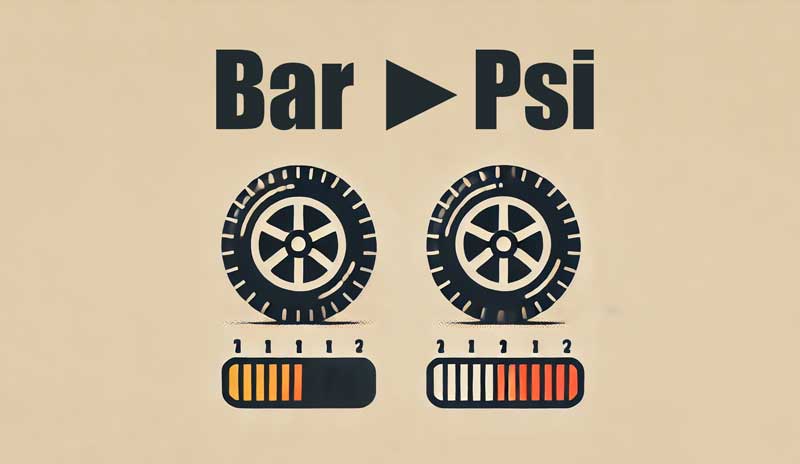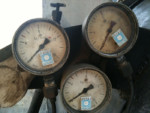Convert bar to PSI quickly and accurately with this online tool. Get precise calculations, view real-world examples, and check the conversion formula.
Bar to PSI Converter
Enter a value in the field below and press the button
Bar
Result (PSI)
How to Use This Converter
- Enter the pressure value in bar.
- Click the “Convert” button.
- Get the result instantly in PSI.
- Adjust decimal places for more precision.
- Copy the result or swap for PSI to bar conversion.
- View the calculation breakdown for transparency.
- Clear all fields with one click to start a new conversion.
Definitions of Measurement Units
Bar (bar): A unit of pressure in the metric system, equal to 100,000 Pascals (Pa). Commonly used in meteorology, engineering, and industrial applications. It is close to standard atmospheric pressure at sea level (~1.013 bar).
Pounds per Square Inch (PSI): A unit of pressure in the imperial system, mainly used in the United States and the UK. It represents the force of one pound applied to an area of one square inch. Used in tire pressure, hydraulics, and various industrial settings.
Conversion Formula
To convert bar to PSI, multiply the pressure in bar by 14.5038:
P(PSI) = P(bar) × 14.5038
To convert PSI to bar, multiply the pressure in PSI by 0.0689476:
P(bar) = P(PSI) × 0.0689476
Source: National Institute of Standards and Technology (NIST)
Conversion Table
| Bar | PSI |
| 0.1 | 1.4504 |
| 0.5 | 7.2519 |
| 1 | 14.5038 |
| 2 | 29.0076 |
| 3 | 43.5114 |
| 5 | 72.519 |
| 7 | 101.5266 |
| 10 | 145.038 |
| 15 | 217.557 |
| 20 | 290.076 |
| 30 | 435.114 |
| 50 | 725.19 |
| 75 | 1,087.79 |
| 100 | 1,450.38 |
| 250 | 3,625.95 |

Real-World Examples
| Application | Bar | PSI |
| Car tire pressure (sedan) | 2.2 | 32 |
| Bicycle tire pressure (road bike) | 6.9 | 100 |
| Scuba diving tank (full capacity) | 207 | 3,000 |
| Household water pressure | 4.1 | 60 |
| Industrial air compressor | 10.3 | 150 |
© CalcuLife.com
How do you use this converter? What additional features would you like to see? Let us know in the comments!








Leave A Comment